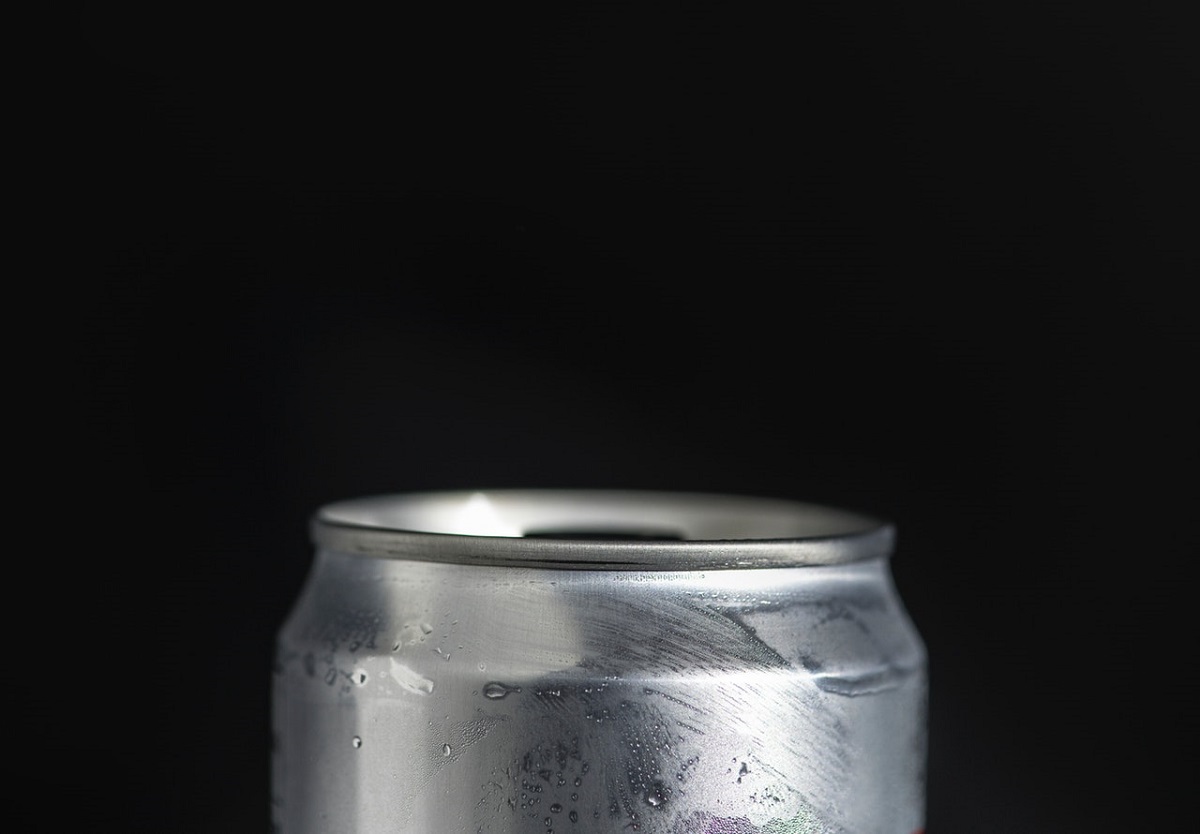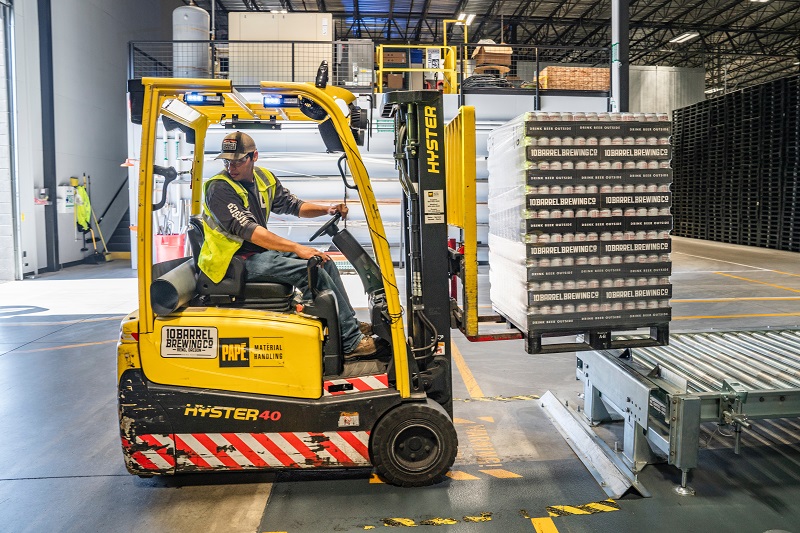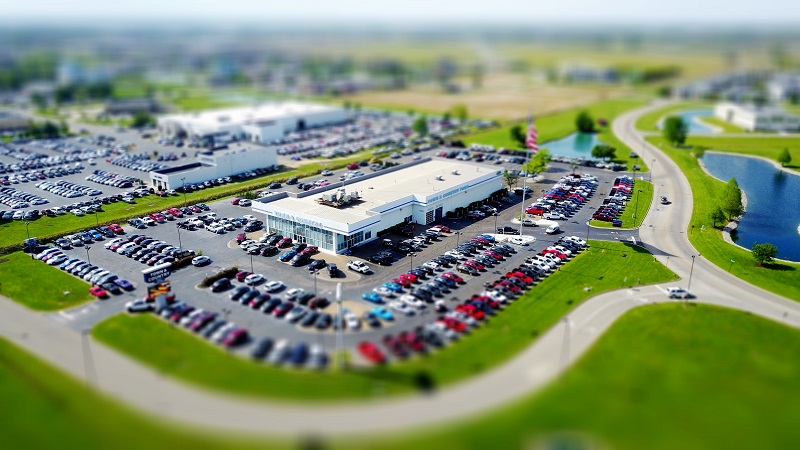What is the history of aluminum cans?
- 17th-century attempts
- Tin cans
- Aluminum overhaul for cans
Aluminum cans have gone through a rich history of evolution and it was the perfect solution to the age-old problem of food preservations. Today, dozens of metal fabrication companies can easily produce thousands of aluminum cans in a day. But back then, they didn’t have such capabilities. Let’s take a deep dive into the history of aluminum cans and see how far One Sky aluminum products are today.
17th Century Attempts
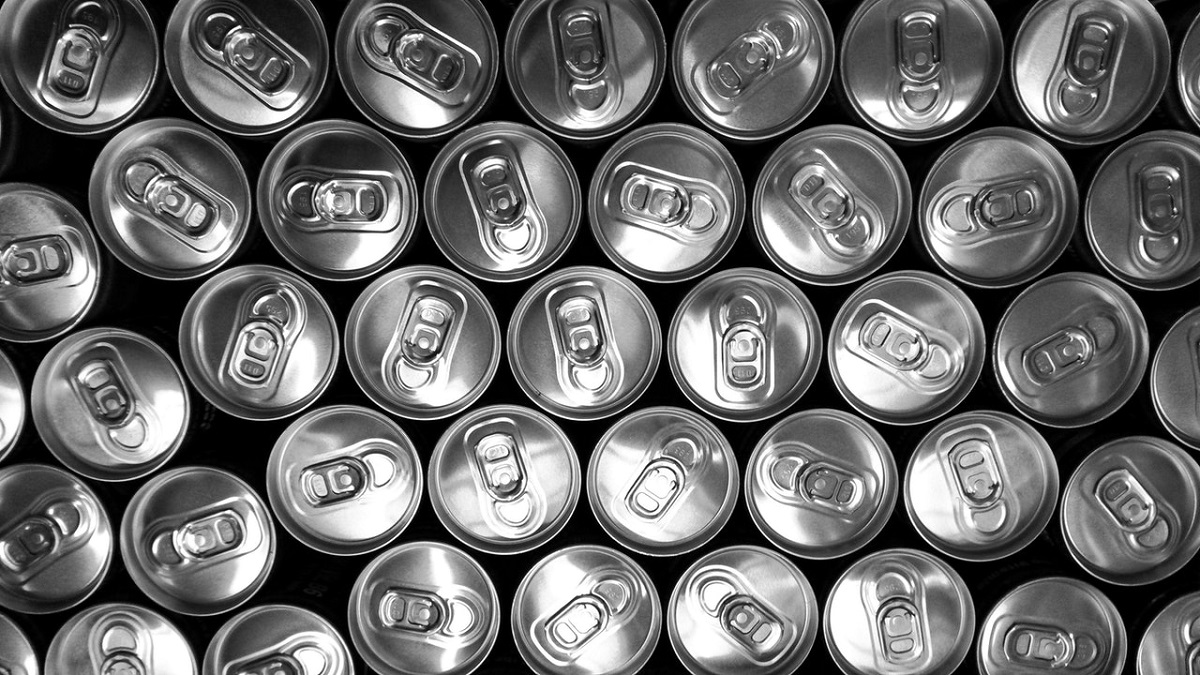
Before we talk about the aluminum can itself, let’s go all the way back to when the development of the can began. Today, cans are used for food and beverage preservation. It’s a widely popular product in modern times, that’s why food preservation today is no problem at all. But in past ages, the mobility of preserved food and preserving food itself was a problem.
Traces of the idea of preserving food in cans can be traced back to 1795. Napoleon Bonaparte was looking for a way to preserve and transport food for the French military. The French military was in the middle of a war and they had difficulty with nourishing their soldiers on the battlefield. Many soldiers would not only lose their lives from enemy fire but from starvation and malnutrition as well.
Because of this difficulty, Napoleon offered 12,000 francs to someone who would invent an effective way to preserve food in massive amounts and make it easily accessible for transportations. 11 years later, in 1806, a French confectioner and the father of canning, Nicolas Appert discovered that cooked food inside a sealed jar will not go stale or spoil unless the seal broke.
Nicolas Appert developed a way to preserve food in jars by sealing the lid of a glass jar with a cork and sealing wax. This was the first time in history when food could be preserved without ruining its quality. Though his new innovation was perfected after the French War.
The Tin Can
Appert’s innovative breakthrough presented issues in terms of transportation. His glass jars were fragile and would break easily if the containers experienced any form of shock. A new packaging method had to be devised. British merchant, Peter Durand had an idea that was passed on to him by Frenchman Philippe de Girard. This new idea that he received from the Frenchman was to develop a tin can. Peter Durand patented the first tin can on 1810.
Tin cans were the ideal choice for food preservation at the time. They were cheaper to produce and easier to transport compared to glass. But this was considerably still expensive at the time. The process of producing a tin was labor-intensive. Every tin can have had to be handmade. During those times the maximum number of cans a workman could produce in a single day would only amount to around 60 cans.
Preserved food in tin cans was quite expensive for regular consumers to acquire. The target market for food preserved in tin cans was the upper class. Though these tin cans were a staple for the British Army and the Royal Navy. Around 1846, a man named Henry Evans invented a die device that helped speed up the process of can production. With this new invention, the rate at which cans were produced reached up to 6 to 60 cans an hour.
Around the first half of the 20th century, aluminum was incorporated into the production of cans. Though there were no aluminum cans till the 1960s, aluminum was used as the lid of tin cans. Making use of aluminum lids made the cans easier to open as an aluminum lid was more flexible compared to steel or tin.
Aluminum Overhaul for Cans
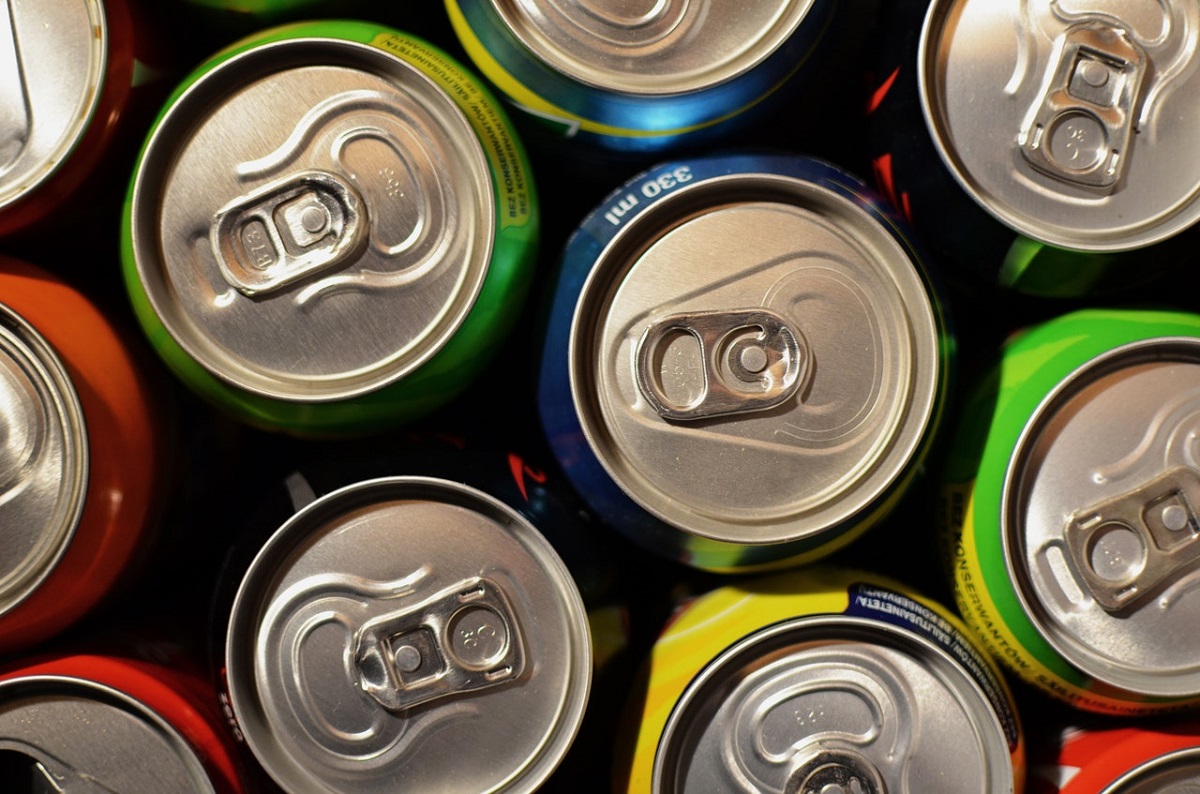
At the end of the last World War, there was a sudden abundance of aluminum. Due to the large surplus of this metal, prices of raw aluminum dramatically dropped and many companies started to capitalize on this. The food and beverage packaging industry took advantage of the world’s excess of aluminum.
In 1960, beverage companies started producing aluminum cans as a method to store and preserve their drinks. Studies at the time showed that the public preferred aluminum cans over tin cans. This was because aluminum did a better job at preserving the taste of the packed drink. Aluminum cans were lighter and stronger compared to their predecessors, they also chill faster and keep cold longer than tin cans.
This age of aluminum cans would last until present times. Aluminum is easily recyclable and each molten aluminum can 100% be reused and remolded into new cans. This has helped us advance the technologies of food preservation.
Key Takeaway
Fast forward to modern times, aluminum cans are still being widely used today. This is because of the advantages that aluminum presents: protecting the taste and quality of the food or beverages stored, extending the shelf life of the food or beverage stored, portability, temperature retention, and lightweight and tough. For all your aluminum needs, One Sky is the go-to company. For more information, click here to learn more!
